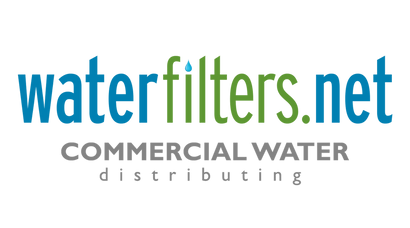Menu

0
Your Cart is Empty
Your Cart is Empty

Your Cart is Empty
No products found in this collection